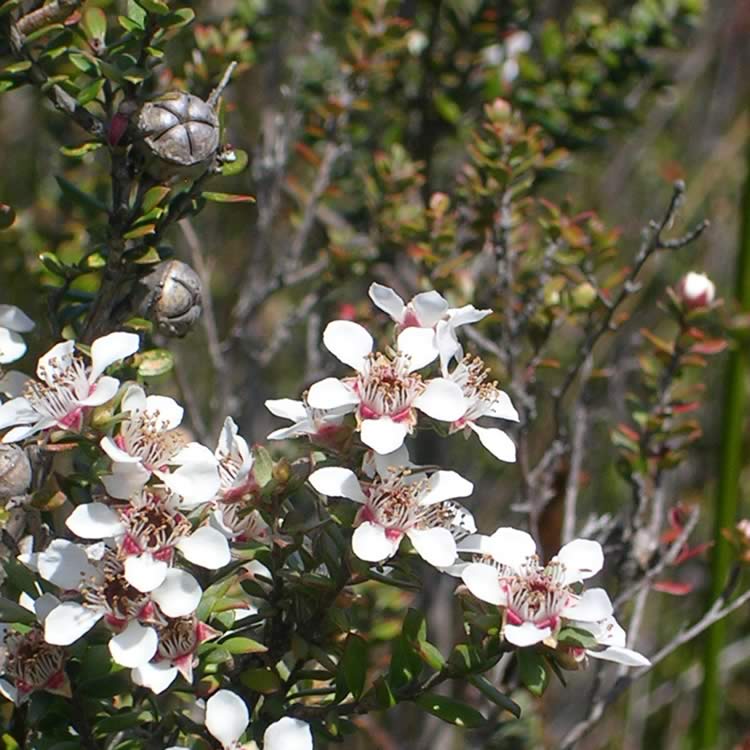Tea tree

Community type
Habitat type
Tidal wetlands and macrophytes beds
There are about 85 types of tree or shrub loosely referred to as “tea tree” in Australia, and most are endemic to Australia. The name comes from the practice of early European explorers and settlers of making a tea out of the leaves which was rich in vitamin C. Captain Cook is reputed to have used such a tea to prevent scurvy amongst his crew. Some other uses of the leptospermum include Manuka honey, which comes from the Leptospermum scoparium and is used for its antibacterial and antifungal properties. It is also a food plant for moth larvae. Tea tree oil is often believed to be a natural antiseptic. Around a wetland, they may provide habitat for larger animals, including predatory birds, shelter and erosion protection.
